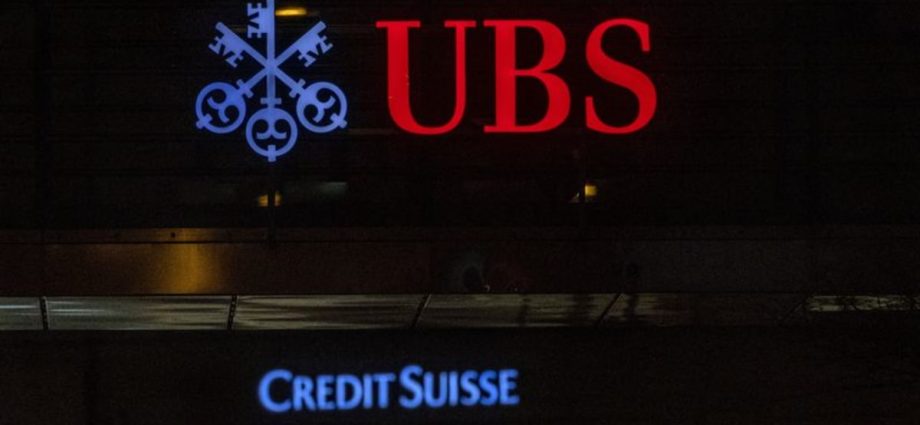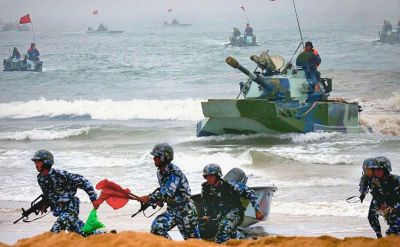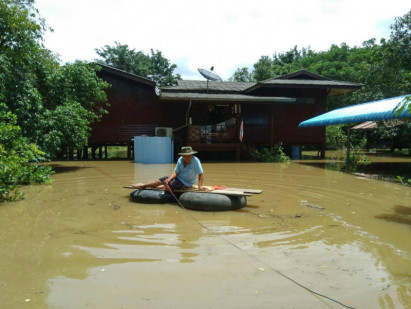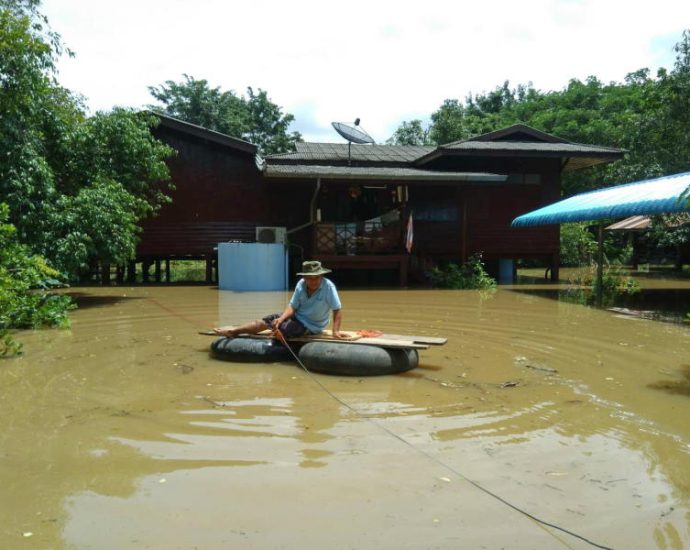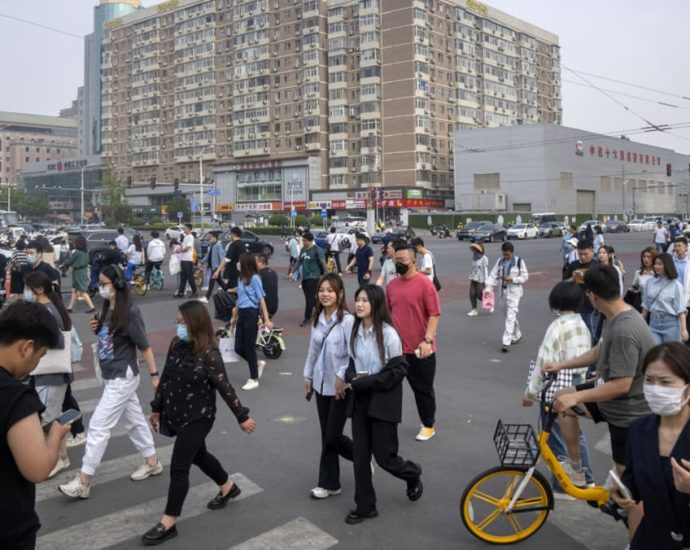UBS, Credit Suisse operations in Singapore will not be interrupted by completion of takeover: MAS

SINGAPORE: The day-to-day operations of the Singapore entities of UBS and Credit Suisse will not be interrupted by the completion of the takeover involving the two Swiss banks, the Monetary Authority of Singapore (MAS) said on Monday (Jun 12).
UBS said earlier on Monday that it had finalised the takeover of its former rival, calling it “the beginning of a historic new chapter”.
UBS and Credit Suisse will continue to operate in Singapore under separate licences, MAS said.
The banks have also put in place governance structures to monitor and facilitate the orderly integration of their Singapore operations.
“Their primary activities in Singapore remain private banking and investment banking,” MAS said.
In a statement issued on Monday, Swiss Financial Market Supervisory Authority (FINMA) CEO Urban Angehrn said that the “legal consummation of the merger … creates clarity and stability for the banks involved, their clients and the Swiss banking centre”.
“FINMA will continue to supervise the merged large bank very closely during the integration process,” the authority said in the statement.
In a separate statement, UBS chairman Colm Kelleher said: “We are now one Swiss global firm and, together, we are stronger.
“As we start to operate the consolidated banking group, we’ll continue to be guided by the best interests of all our stakeholders, including investors. Our top priority remains the same: To serve our clients with excellence.”
MAS said that it remains in close contact with UBS, Credit Suisse and FINMA on the integration.

